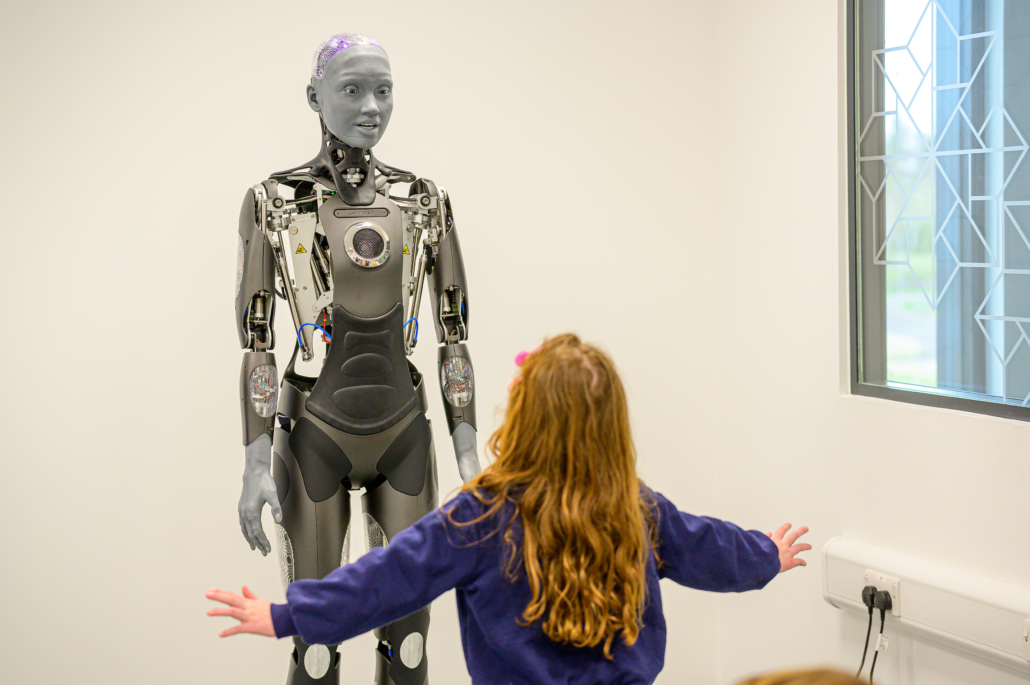Director of digital learning explains how traditional lecture theatres often stymie new teaching methods
Credit for both pictures used here: The University of Leeds
A technology-led redesign of three lecture theatres has helped the University of Leeds make students the centre of the classroom.
The university’s director of digital learning professor Neil Morris told PublicTechnology that, when he redesigned the lecture theatres (one of which is pictured above, and another below), he wanted to create a space optimised for so-called “flipped learning”. The idea behind flipped learning is that the focus of teaching is, as the name suggests, flipped, from the teacher to the student, with an emphasis on engagement and discussion, as opposed to didactic monologue.
Rather than long rows of seating all pointed at a teaching lectern at the front, the new “collaborative lecture theatres” are split into pods, which can seat up to five students. Each of these can be set up with a touchscreen computing device, to which lecturers can share teaching content, which students can then engage with in small groups.
Morris said that projects such as this remove what often remains a fundamental barrier to universities embracing technology and new styles of teaching.
Related content
- University turns to analytics to track student attendance and engagement
- Newcastle University to issue digital degree certificates
- West Yorkshire Police looks to Leeds Beckett University to tackle online crime
“There is a traditional lecture paradigm that universities are stuck in,” he said. “Many academics want to change, and recognise that the traditional lecture is outdated. But we are stuck with the students facing the front, and the concentration of the space forces academics to lecture. Many staff want to change that, and want the classroom to be more discursive and engaging. But the space of a lecture theatre does not allow this to happen.”
Leeds’ use of digital technology in the classroom will soon include the implementation of an application to allow students to use their own smartphones to take part in quizzes and online polls during lessons. The university previously used dedicated handsets.
“The technology has moved on massively, and we want everybody able to vote through their mobile device,” Morris said.
Questions are typically posed periodically during lessons, allowing teachers to assess whether the concept they have just explained has been articulated in a way that all students understand. It also provides students with a means of alerting teachers to something they have not understood, without necessarily having to admit so in front of their peers.
Earlier this month the university issued a tender looking for a supplier of mobile-voting software. Pilot projects are planned for the next academic year, with the goal of an institution-wide rollout of the technology ahead of the start of the 2019/20 year.
Look out in the coming days for a full write-up of our chat with professor Morris, and lots more detail on how the University of Leeds is embracing digital learning.



